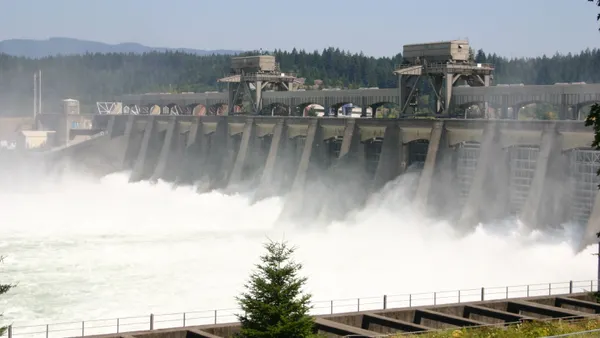Utilities face significant challenges in achieving ambitious energy transition goals while managing significant capital expenditures to upgrade electrical grid systems. As forecasted spending increases, so do the complexities and risks associated with these investments. Successfully navigating these challenges requires a deep understanding of project development and execution.
The Complex landscape of utility capital spending
Utilities are grappling with large capital budgets driven by the need to modernize infrastructure and achieve energy transition objectives. These investments are essential for maintaining reliable electrical grids; however, they often encounter hurdles that can derail even well-intentioned plans. Common challenges include inadequate project planning, strict outage constraints, rising manufacturing costs, and material and labor shortages. A decline in experienced professionals due to retirements and complex regulatory environments further complicates the situation. These factors can lead to project delays, budget overruns and lost revenue from missed deadlines, preventing utilities from capitalizing on new projects.
Key challenges in utility portfolios
Utilities must navigate several challenges that can significantly impact project execution. From planning to final execution, complexities can disrupt timelines and budgets. Key challenges include:
- Capital portfolio planning. Many utility portfolios include projects that may not be executed efficiently due to inadequate upfront planning, leading to unexpected issues that affect in-service dates and budgets.
- Outage constraints. Capital work necessitates carefully planned outages. Utilities must manage these outages to minimize disruptions while facilitating necessary studies.
- Labor constraints. Specialized labor is often required for electrical and utility projects. Limited availability of skilled workers can create bottlenecks across the project portfolio.
- Governance processes. Utilities adhere to rigorous governance processes designed to justify and prioritize projects effectively. Engaging key parties early can streamline decision-making and enhance project plans.
- External factors. Projects are influenced by various external factors, including regulatory processes and supply chain challenges. Materials with long lead times can introduce schedule uncertainties.
The need for enhanced project development
To address these challenges, utilities are adopting program delivery approaches to streamline similar projects. However, portfolios often contain a mix of typical and atypical projects, necessitating a more nuanced approach. Project development becomes crucial in tackling complex projects.
Project development involves thorough analysis and planning to clarify project scopes, budgets and schedules, aiming to identify and mitigate risks early. Key components include:
- Comprehensive scope. Understanding project scope is vital for successful execution. Defining requirements helps all parties gain a clear understanding of objectives, reducing the risk of misalignment.
- Detailed cost. Accurate cost estimation is fundamental. Project development provides detailed assessments, helping establish realistic budgets and avoid unexpected financial strains.
- Thorough schedule. A well-defined schedule outlines the project timeline, including key milestones. Project development creates a detailed schedule to support timely completion.
- Risk identification. Identifying and managing risks is crucial. By assessing potential risks — related to real estate acquisition, siting, permitting and procurement — project development helps create strategies to mitigate them.
- Engaging interested parties. Effective engagement is essential for success. Project development includes engaging relevant parties early to gather input, address concerns and facilitate alignment.
- Regulations and permitting. Navigating regulatory requirements can be challenging. Project development teams work to support compliance and timely permit acquisition.
Integrating project development into existing processes
For utilities looking to optimize capital portfolios, integrating project development into existing processes can provide substantial benefits. Partnering with a consulting firm that understands project development can offer valuable support by:
- Establishing a project development process. Utilities without a defined project development process can leverage the knowledge and experience of an architecture, engineering and construction firm (AEC) firm to establish a comprehensive framework. This entails creating a systematic approach to project planning, managing risks and engaging with interested parties.
- Enhancing existing processes: For utilities with established processes, collaborating with specialized professionals can offer valuable insights and recommendations for integrated project development. This may involve refining existing processes to incorporate more rigorous planning and risk management practices, thus enhancing overall portfolio clarity and efficiency.
As utilities face increasing capital demands and project complexities, the importance of incorporating a project development process cannot be overstated. By integrating comprehensive project development practices, utilities can better navigate growth challenges — facilitating efficient management while aligning with broader strategic goals.
With evolving regulations and increased load growth driving more capital investment into the grid, utilities must rethink their approach to project development. Emphasizing project development allows utilities to optimize capital portfolio management, mitigate risks and deliver projects on time and within budget. Partnering with specialized professionals who understand how to design and implement these processes enables utilities to effectively manage growing demands and achieve sustainable growth.










